MILNE / OJITO RESIDENCE - NEW YORK, NY
i-beam design, new york based architecture and design, new york design, new york residential interiors design, residential interiors new york, residential interiors ny, residential interiors nyc, ny residential interiors, nyc residential interiors, residential interiors architecture ny, residential interiors architecture nyc, new york residential interiors architecture,
MILNE / OJITO RESIDENCE - NEW YORK, NY
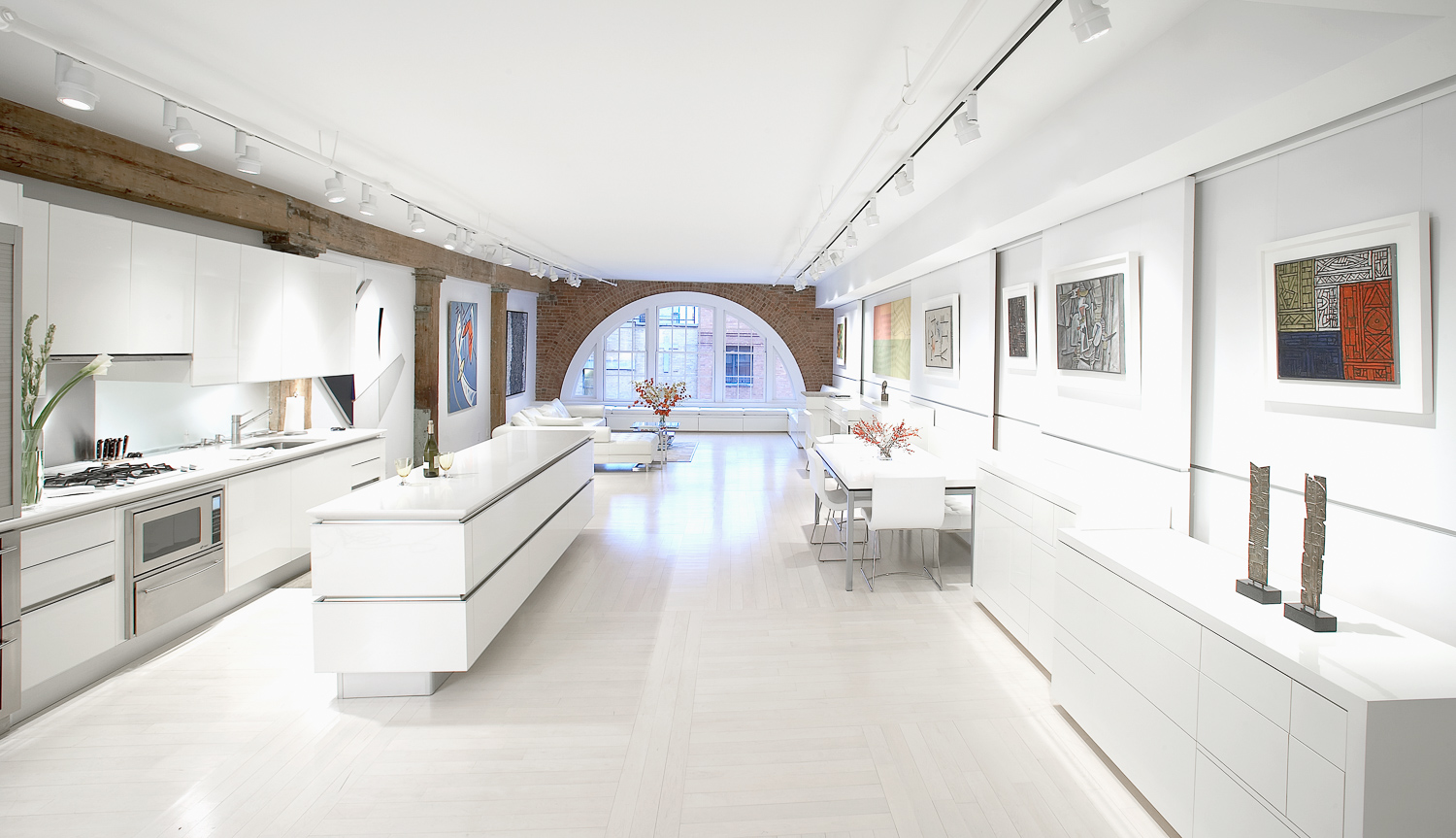
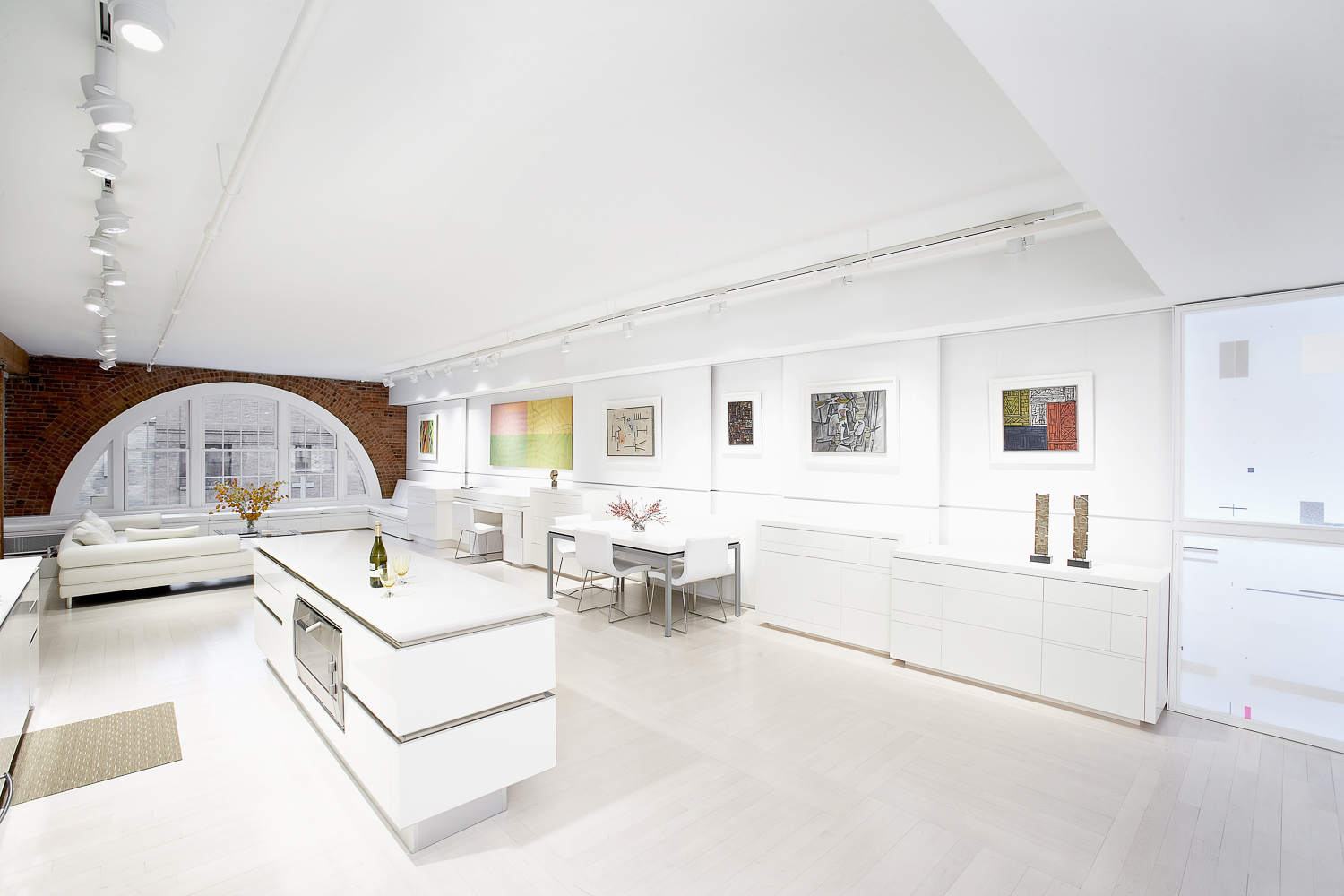
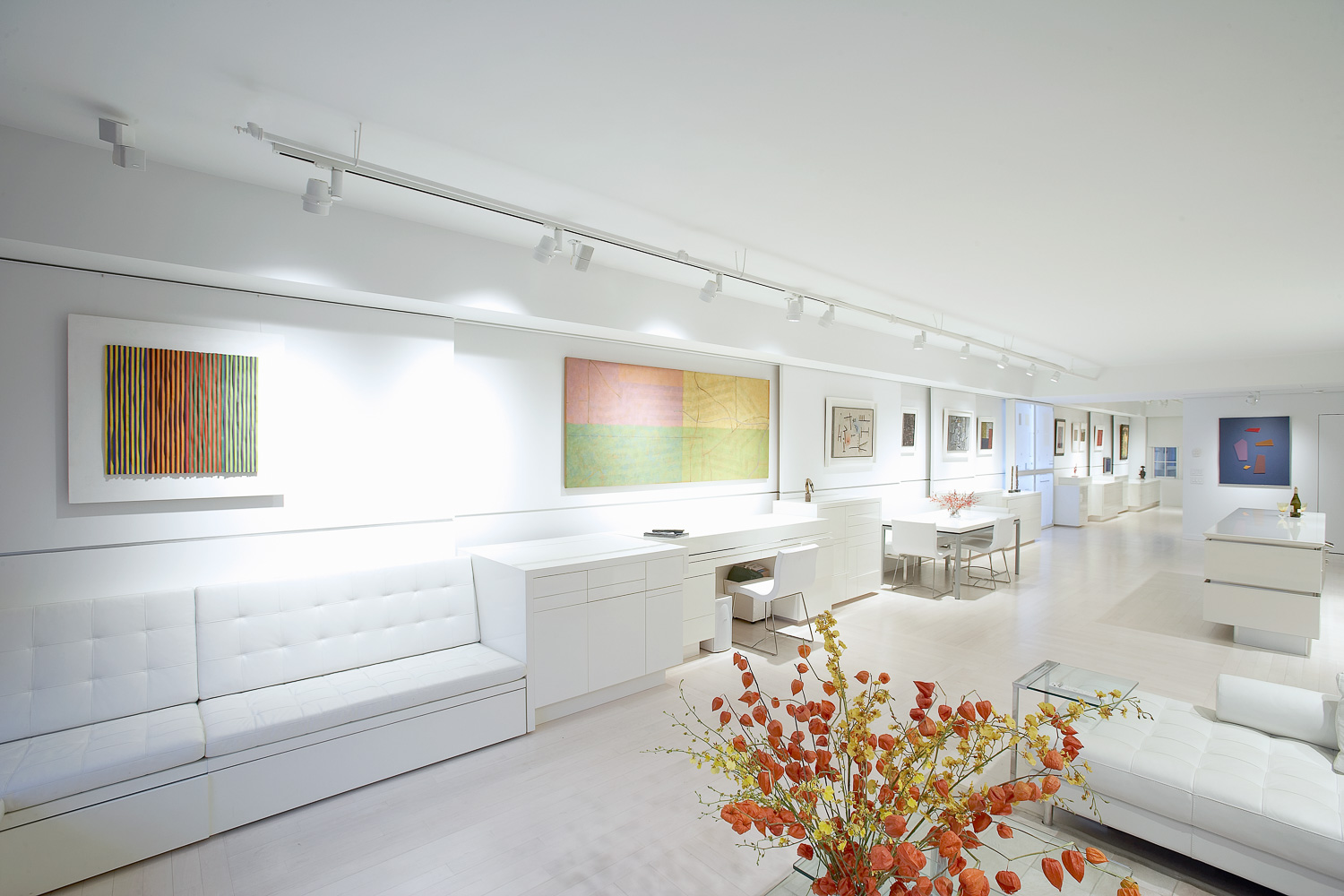
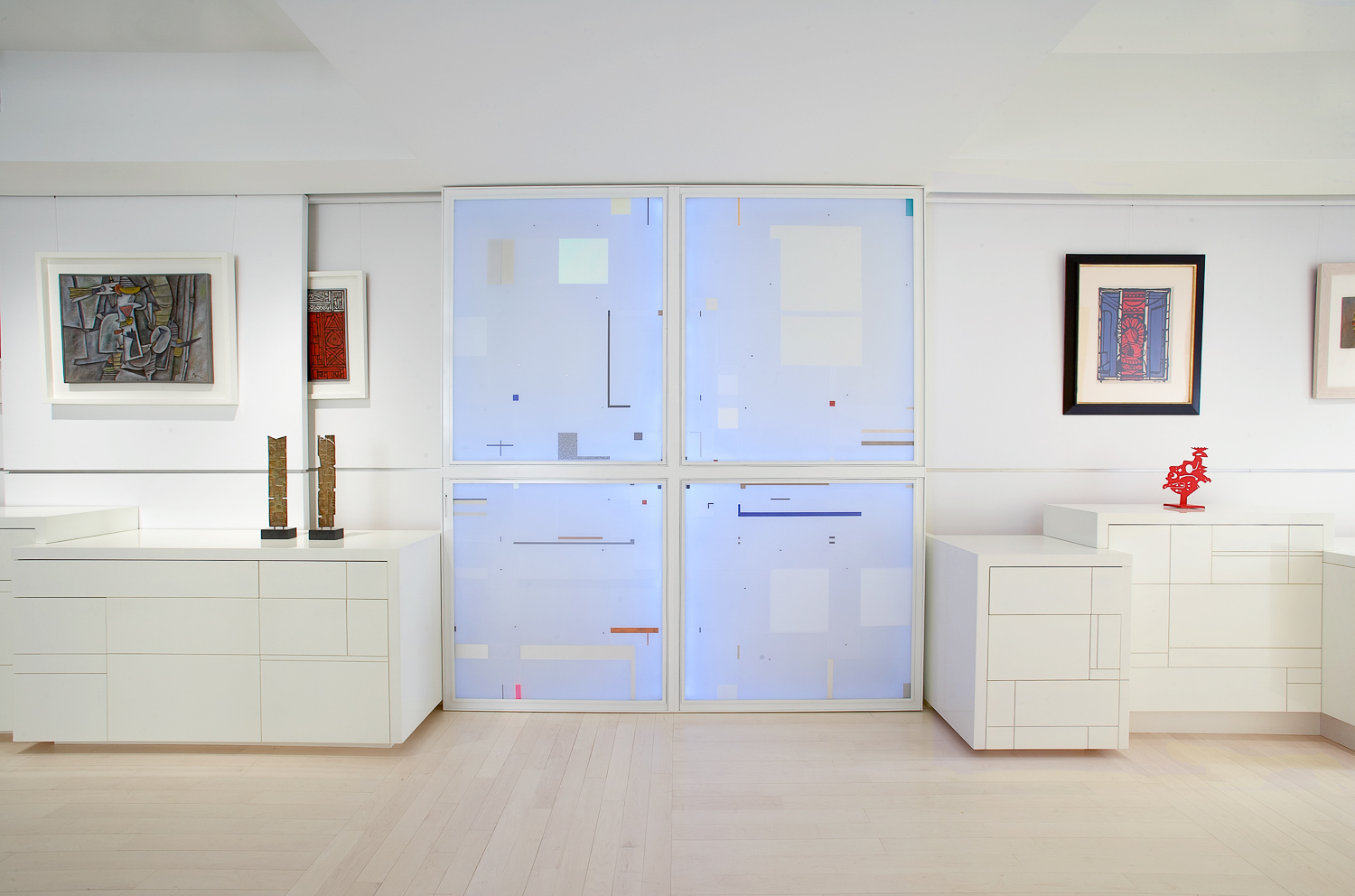
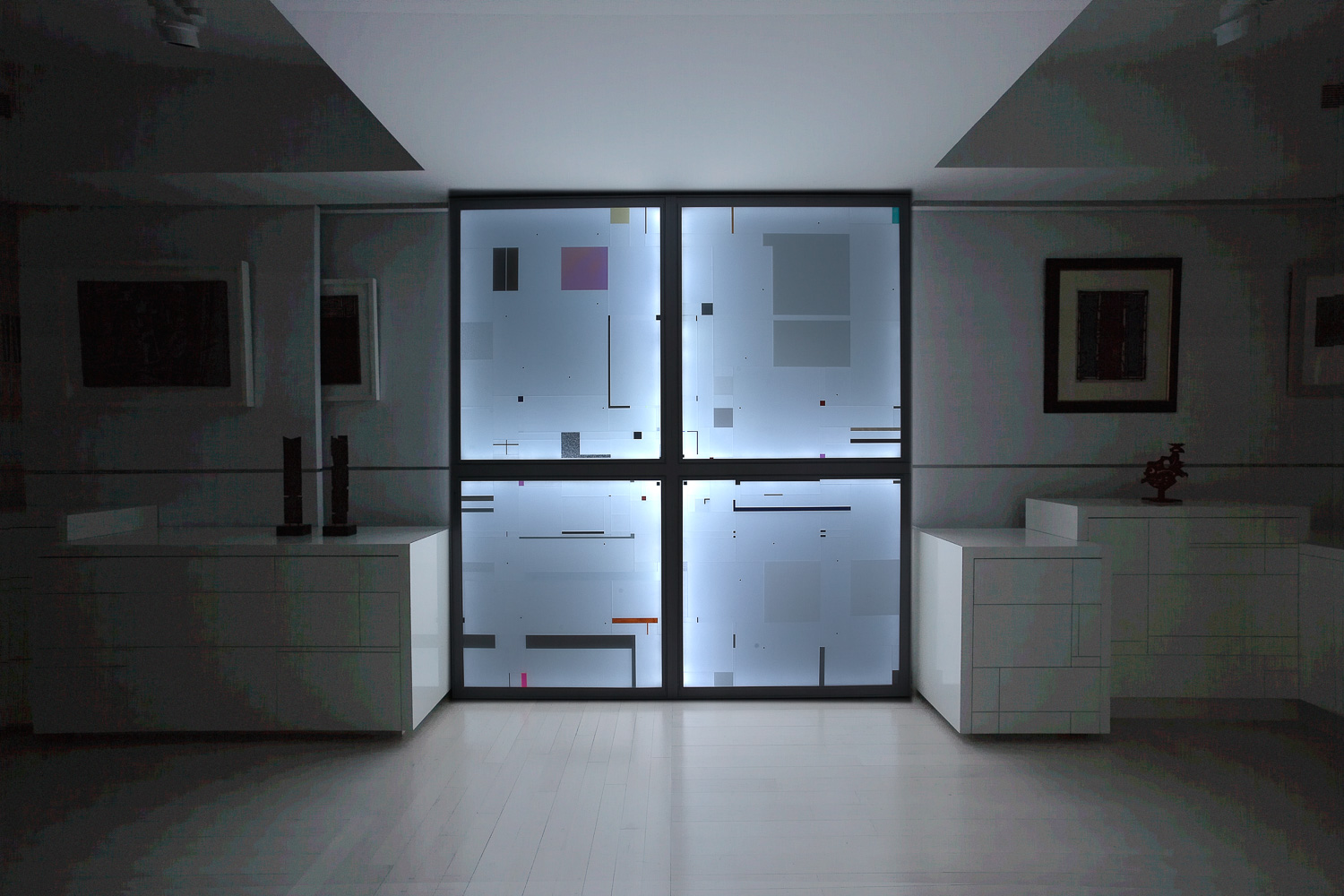
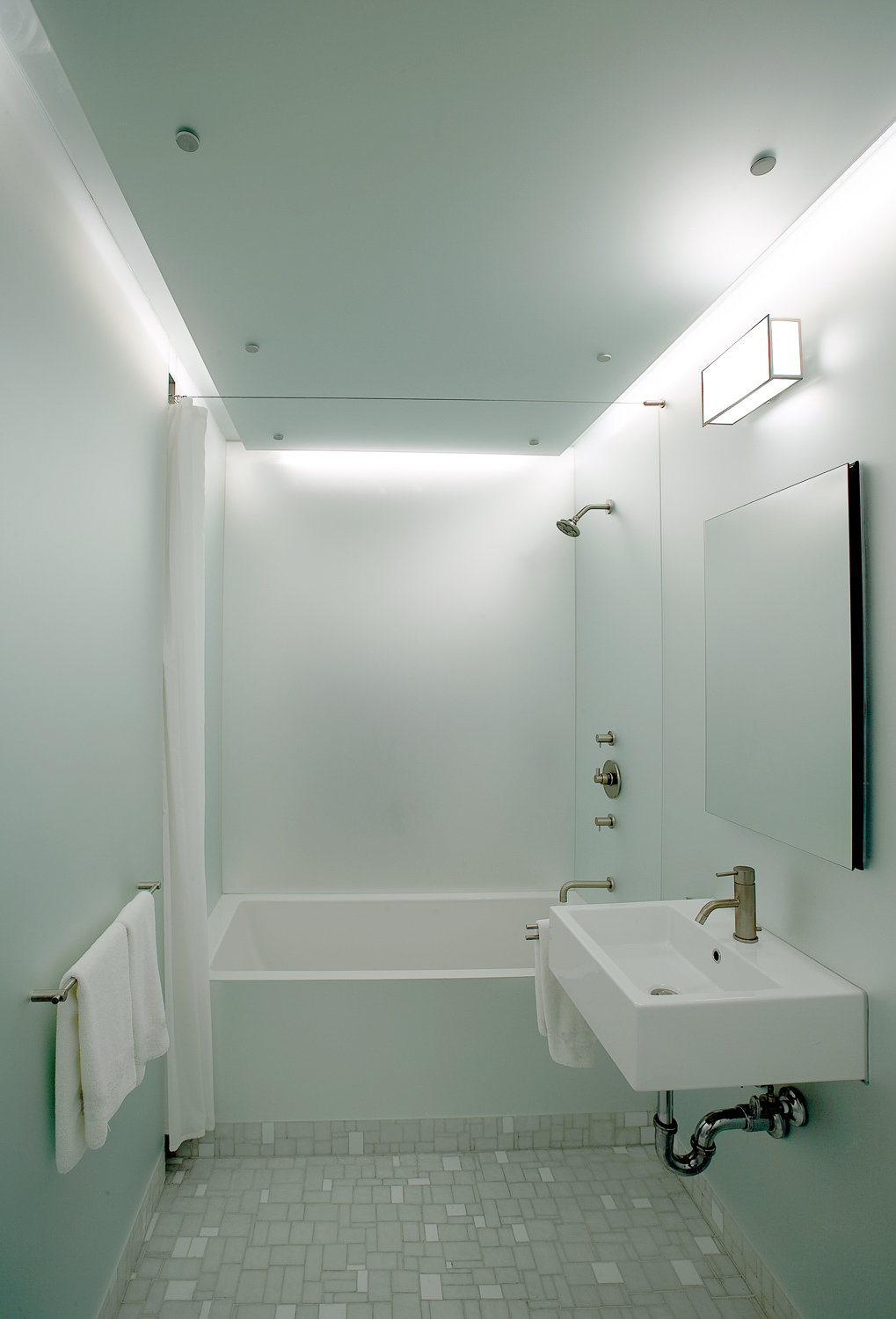
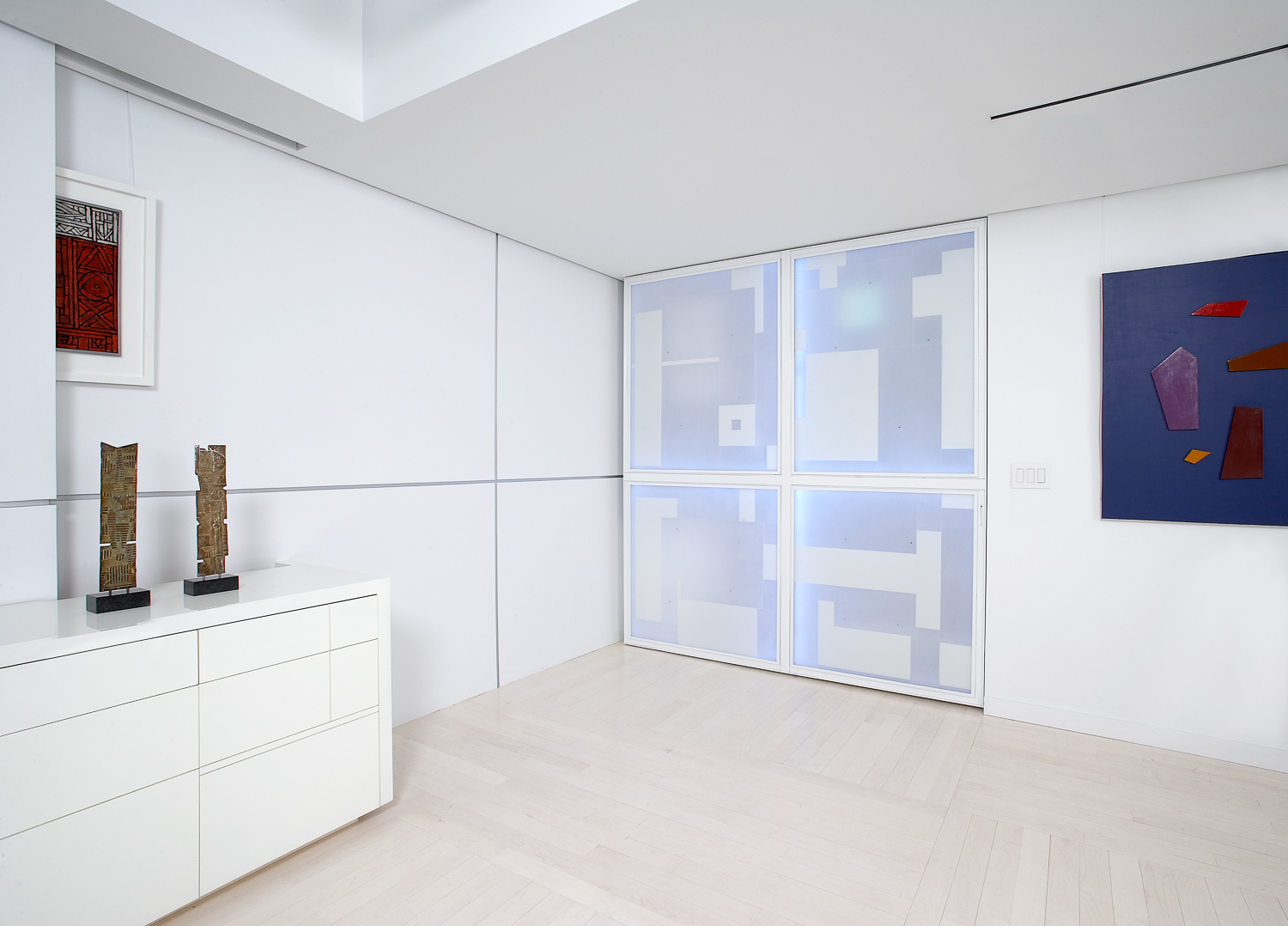
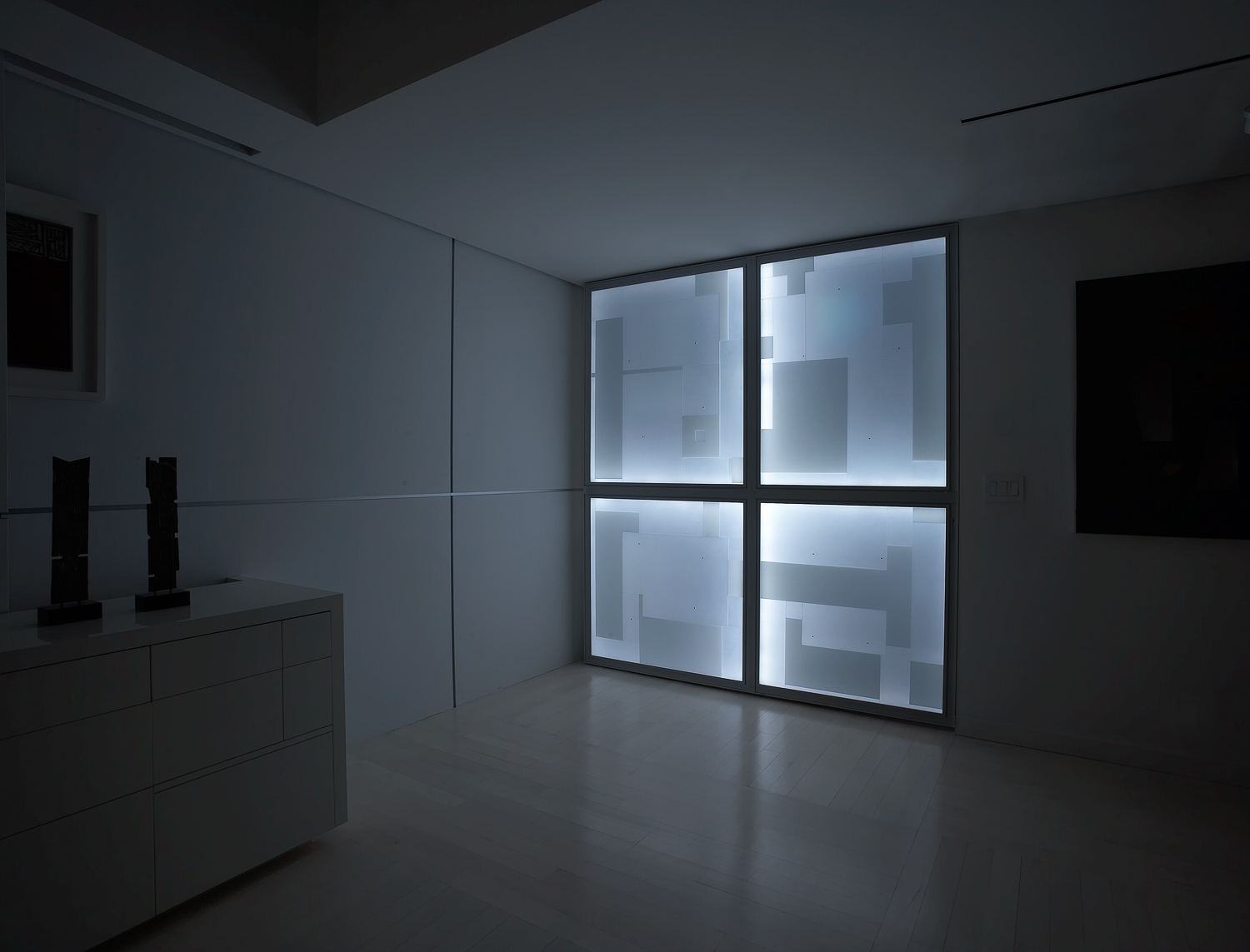
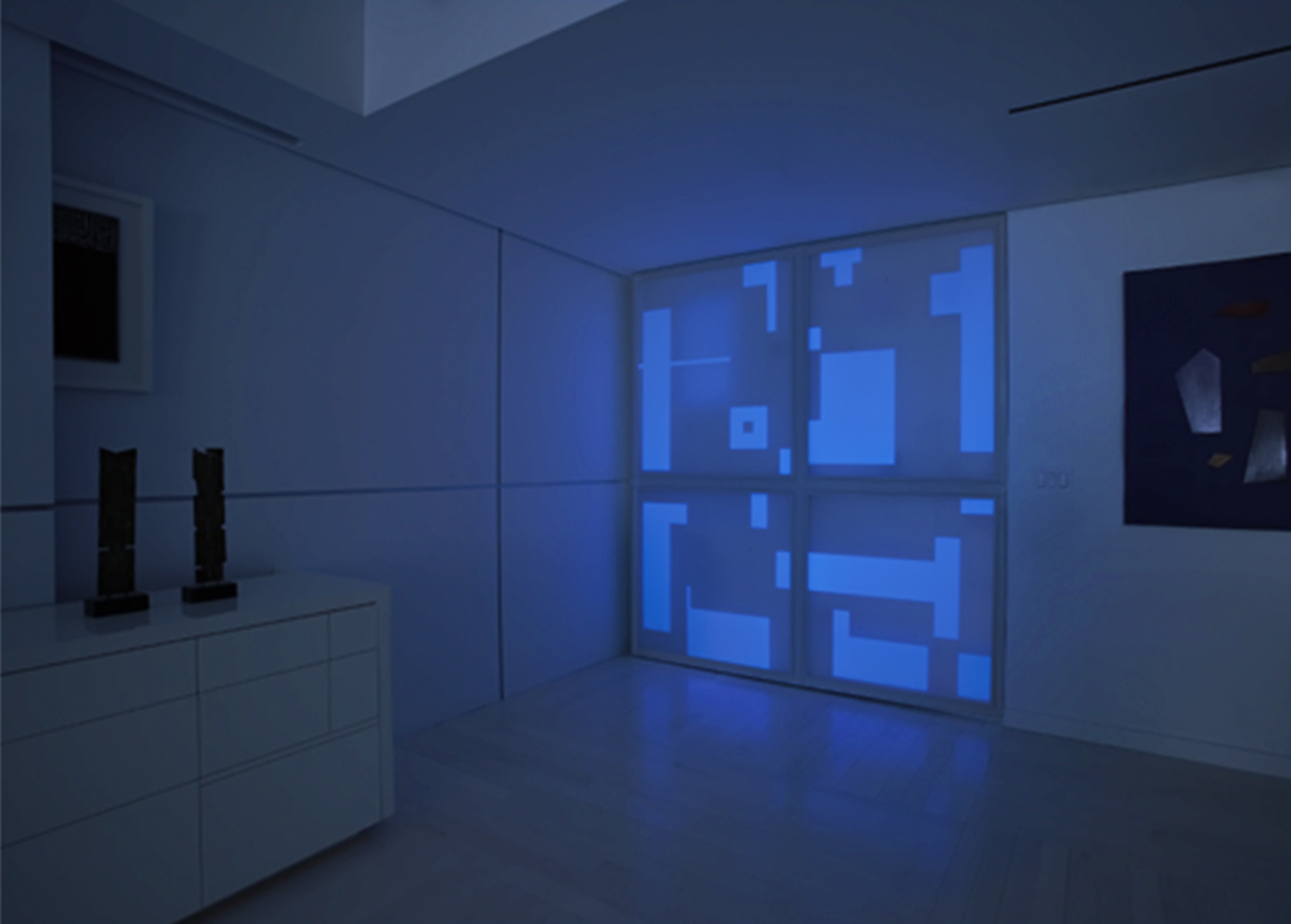
Living With Art/The Art of Living
TYPOLOGY: Residential
SCOPE: Full Interior Renovation
SIZE: 2000 Sq. Ft.
CLIENT: Anne Milne & Jacob Ojito
The clients, Anne Milne and Jacob Ojito, asked I-Beam Design to invent a new kind of minimal white space to exhibit their art collection which includes works by renowned Cuban artists Wilfredo Lam and Amelia Pelaez as well as paintings from the South American "Escuela del Sur" and "Arte Concreto Invencion". The architect's proposed an intersection between home and gallery based on a spatial concept that would reflect upon the compositional strategies employed in painting. In order to achieve this I-Beam suggested working in collaboration with Joan Waltemath, a contemporary painter whose work is based on a matrix of numerical ratios that resonate beautifully with the proportions of architectonic space. The clients welcomed this idea.
Ms. Waltemath recently developed a computer program with Andrew Tripp whereby these harmonic structures could be projected across interior volumes. I-Beam worked with Joan to locate her proportional matrix in the space, first establishing a point of origin at the intersection between the Entry Hall/Gallery, the public space and the private areas of the loft. Ms. Waltemath decided to create a unique work of art that is at once a painting, a sculpture, a hearth, and a door. This multifunctional approach is typical of I-Beam's work as well and became a means by which to negotiate between the artist's two-dimensional rendering of space and the architect's three dimensional vision.
By exploding the matrix throughout the space and using its lines to generate various programmatic interventions, the art and architecture were set in dialog. The harmonic progressions radiate out from the origin point to generate a variety of spaces including a guest bedroom, a home entertainment center, an office, an open dining area, numerous cabinets and moving exhibition panels to accommodate an evolving art collection. A prime example of this may be seen in the temporary guest bedroom which appears by opening a sofa bed that in turn releases a cantilevered wall which swings out to privatize the bed area while projecting the matrix into space.
The only permanent enclosure in the loft contains closets and a new Guest Bathroom made of acid etched mirror, which gives the impression of expanding space and suspended gravity. The apartment is nearly void of doors except for Waltemath's hearth piece and a glass Duchamp Door that closes off the shower room as it opens the bathroom to the bedroom.
The 1900 square feet loft has windows to the East and West, leaving the middle section and origin point in shadow. Ms. Waltemath wanted to activate this area: "I decided to illuminate the moving panel in the center of the space to become in effect a cold hearth. I started my harmonic progressions from the center of the panel, which was also the center point of the wall section framed by a long hallway when seen from the point of entry."
Ms. Waltemath consulted Linnaea Tillett of Tillett Lighting Design Inc., who frequently collaborates with artists to create artworks with integrated lighting. Ms. Tillett, who has 25 years of experience in architectural lighting design, proposed a combination of phosphorescence and L.E.D technology.
"This cold hearth consists of 8 distinct panels (4 quadrants on each side) "made of clear and colored acrylic panels with L.E.D. lights hidden behind a white powder-coated aluminum frame. Phosphorescent acrylic sheets allow the work to reflect day and nighttime conditions and glow cerulean blue in dim light". The hearth, like the rest of the design, achieves grace and dynamism by employing a subtle pallet of whites and light as a means to render form and expand space.
CREDITS:
Architect: I-Beam Design
Artist: Joan Waltemath in collaboration with Linnea Tillet, lighting designer and assistance from Andrew Tripp, software developer
Artwork Fabricator: Steve Sammuels at Work with Your Brain
Mechanical and Electrical Engineering: Fiskaa Engineering
Photos by Farzad Owrang Video by Glenn Lazzaro
